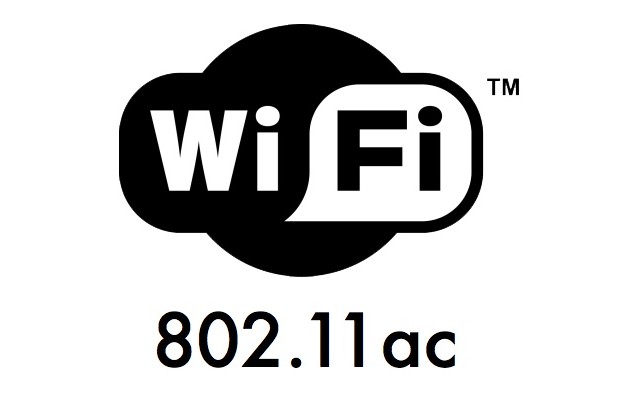Troubleshooting slow or intermittent wifi
Slow or unreliable Internet access is sometimes caused by problems with the wireless signal. The radios in your modem and devices are vulnerable to interference and distance the same way any other radio can be affected.
Symptoms may include slow Internet access, videos buffering or not loading, web-pages sometimes not loading, and other erratic behavior. Below are some steps you can try to resolve these problems:
- Step 1: Turn the power off on your modem, wait 30 seconds, and then turn the power back on. It may take up to 5 minutes for your modem gateway to reconnect to the Internet.
- Step 2: Have everyone in your home or office stop using the Internet. Then use the fastest computer or tablet you own and visit the website http://speedtest.att.com/speedtest/ and write down the results. Re-run the test several times.
- Step 3: Reset your modem by holding down the small reset button on the back of the modem for a full 30 seconds with the modem powered on. As you hold the button, the lights on the front of the modem will eventually go out. Once tha happens, let go of the button. It will take up to 15 minutes for your modem to reconnect to the Internet.
- Step 4: Rerun the speed test from above and see if speeds have improved. If speeds remain the same, see if the original problems have been fixed.
Other useful tips to keep in mind about wifi:
- Wireless uses radios to communicate with your devices. Try moving your devices closer to the modem/gateway and see if that resolves the problem.
- Game consoles, PCs, streaming video players, and TVs should be connected to the modem with Ethernet cables instead of wifi whenever possible.
 We have found Roku streaming TV players to be the most reliable when streaming video. Whatever brand you purchase, we recommend choosing a model that supports the 802.11AC wifi protocol to ensure the best playback. You can usually find this information printed on the product's box or specifications list.
We have found Roku streaming TV players to be the most reliable when streaming video. Whatever brand you purchase, we recommend choosing a model that supports the 802.11AC wifi protocol to ensure the best playback. You can usually find this information printed on the product's box or specifications list.- The wireless radio in your modem works best when it is up off the floor, not behind anything or obstructed in any way, and nothing sitting on top of it.
- If you have a larger home, over 1500 square feet, or if you are having trouble with speeds on a second floor or basement, you will need a more powerful wireless router. We recommend Eero, a "mesh" wireless system that allows you to add extra units throughout your home to expand signal coverage as needed. More information can be found on our website at http://www.iglou.com/eero.
- If videos are choppy or buffer mainly when other people are watching video at the same time, you may need to upgrade to a higher Internet service plan.
- If you have a lot of neighbors close by, keep in mind that you and your neighbors all share the same radio frequency airspace. If your neighbors are streaming video at the same time, even people using different wifi networks, it can affect your speeds.
There are some configuration changes you can make that may help your devices connect more reliably to your modem gateway:
- Change the wireless channel your modem/gateway uses to transmit data. To do this, follow the instructions on this webpage to log in to your modem to make changes. Be sure to choose the model number of your modem from the drop-down box. You'll want to change the channel number from automatic to either 1 or the highest channel number available, and then click Save.
- We encourage using 5 ghz wifi for devices that you want to connect at higher speeds, though at a sacrifice of distance. Using the same instructions on this webpage log in and choose your modem model number. If your modem/gateway supports 5 ghz, choose it from the drop-down or menu item in your modem's configuration page. Change the network name from ATTXXXX to ATTXXXX_5G or something similar and click Save. You can then force your devices to connect to the ATTXXXX_5G network specifically. Note: You may receive a warning when making this change, which is normal.
If you continue to have problems with your service, please give our technical support department a call or contact us online.